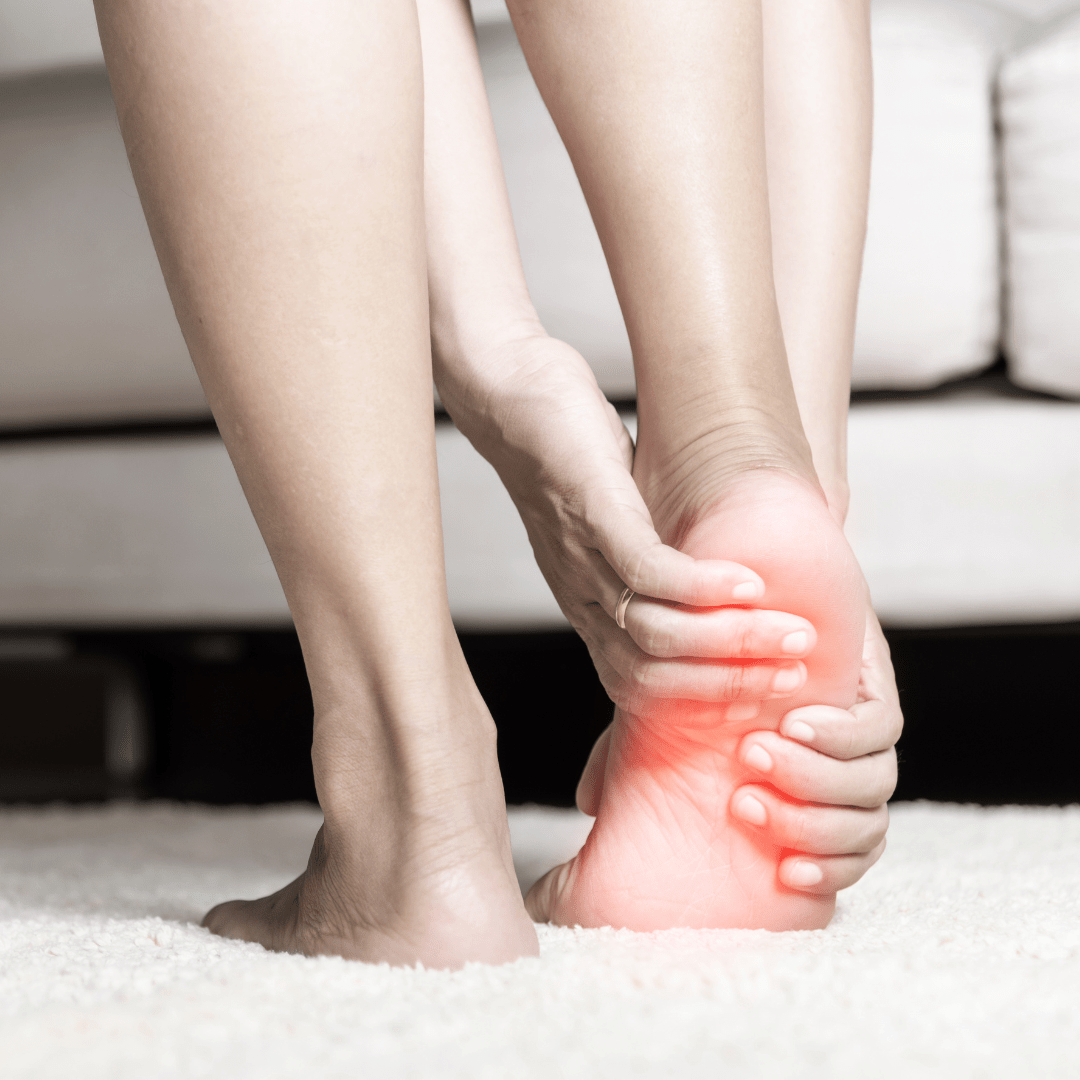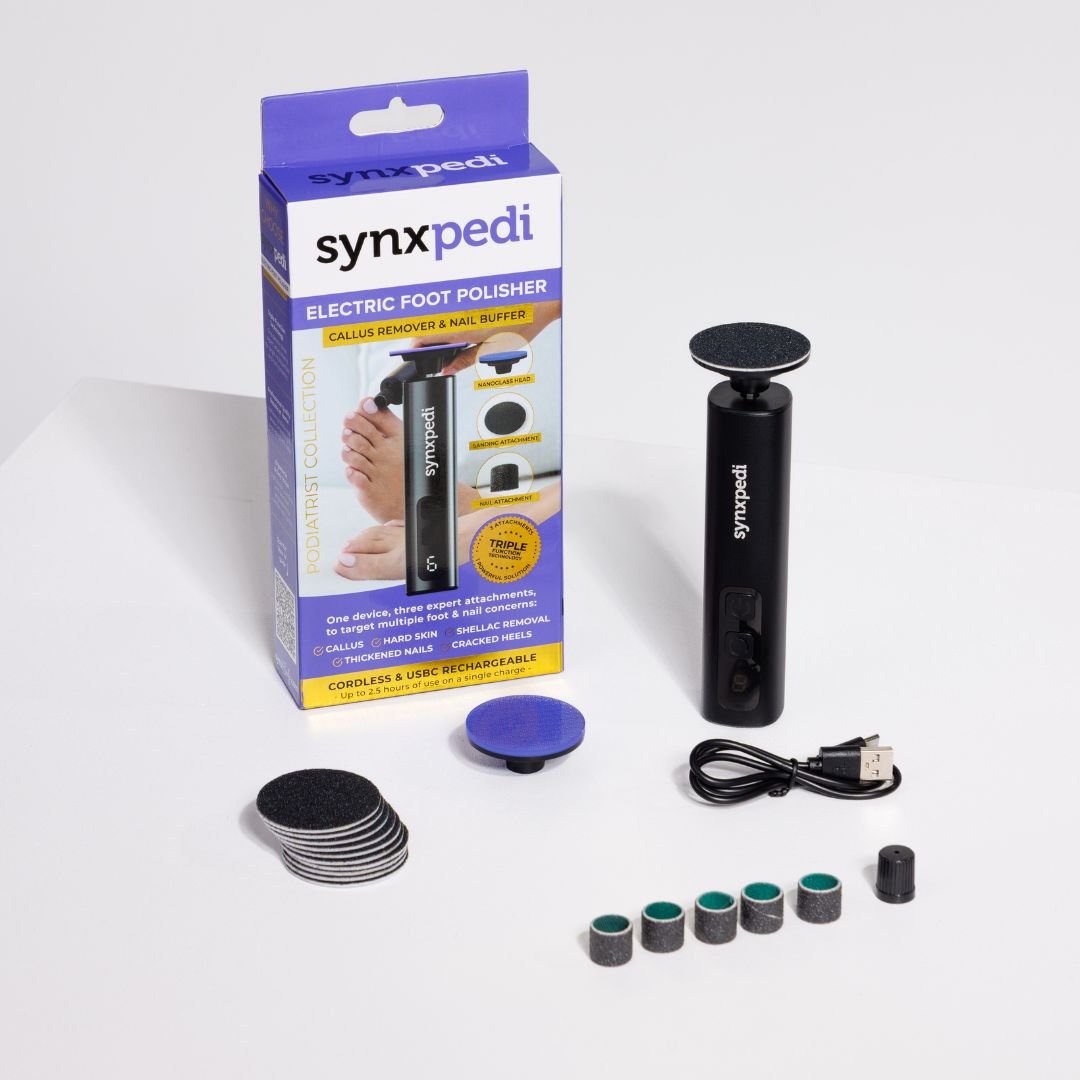Restless legs syndrome is a condition which is characterised by an urge to move your legs. Usually when seated, laying down or sleeping. It can be accompanied by tingling sensations or a type of cramp with soreness.
Symptoms of restless legs
Symptoms may include:
- Pins and needles
- Involuntary urge to move the legs
- Leg twisting and jerking
- Tightness or cramping of the calf and / or hamstring muscles
Causes of restless legs
There can be many causes of restless legs syndrome, so you should always consult your doctor if you are experiencing new symptoms, or if they are occurring more frequently than usual.
The most common causes of restless legs are:
- Low iron deficiency in the brain
- Low levels of magnesium in the tissues
- Medications, especially antidepressants
- Nerve damage
- Conditions like kidney failure, diabetes, and Parkinson’s disease
- Sleep apnoea
- Triggered and spasmed leg muscles
- Increase in age
- Pregnancy
Restless legs can affect people of any age and of all demographics, but there are certainly groups of people who might be more susceptible, including:
- Middle-aged and elderly people
- Pregnant women
- Those with a parent who experiences restless legs (which suggests a genetic link)
- Those who have another sleep disorder called periodic limb movement disorder
There is good news though. Treatments can be significantly effective, with often getting some immediate relief from the condition.

Treatment for restless legs
Since restless legs can occur on its own or as a result of another medical condition, treatment may need to be approached differently depending on the root cause.
It’s worth keeping a diary and noting down all your symptoms, including the times when your symptoms felt worse, or when you feel triggers are coming up.
Here are the most effective treatment options for restless legs:
- Increase Magnesium – magnesium helps relieve cramps, muscle throbbing, and soreness. You can take oral tablets or use Epsom salt baths (Epsom is a formulation of hydrated magnesium sulphate) or use any magnesium sprays or rubs whilst also massaging the calves and hamstrings.
- Increase B Vitamins - many studies have shown that a low dose of vitamin B helps with healthy brain and nerve functions, which in turn can help with symptoms.
- Massage therapy – massage therapy is one of the most well-known approaches for helping restless leg muscles, due to its ability to improve circulation and increase blood flow. Massage can also help with stress relief and lead to improved sleep patterns.
- Heat or cold treatments –applying a hot or cold compress or taking a warm bath before bed may also help. Response to temperature may vary from person to person.
- Trigger point release - dry needling, laser, and soft tissue release is performed by a trained practitioner, and is aimed at releasing painful tension in muscles. Once your practitioner has identified the trigger points, they will then work to ‘release’ the trigger points.
- Address any other medical conditions that could be contributing – it’s worth checking for any underlying or undiagnosed medical conditions that might be contributing to your restless leg symptoms. Speak with your doctor, and note any medications you are taking, or any other sleep disorders. It’s also worth investigating any genetic links.
All restless legs treatments aim to reduce discomfort from symptoms and improve sleep quality. While restless leg symptoms may never fully go away, the severity and frequency of the symptoms can be considerably reduced with an improved quality of life.






